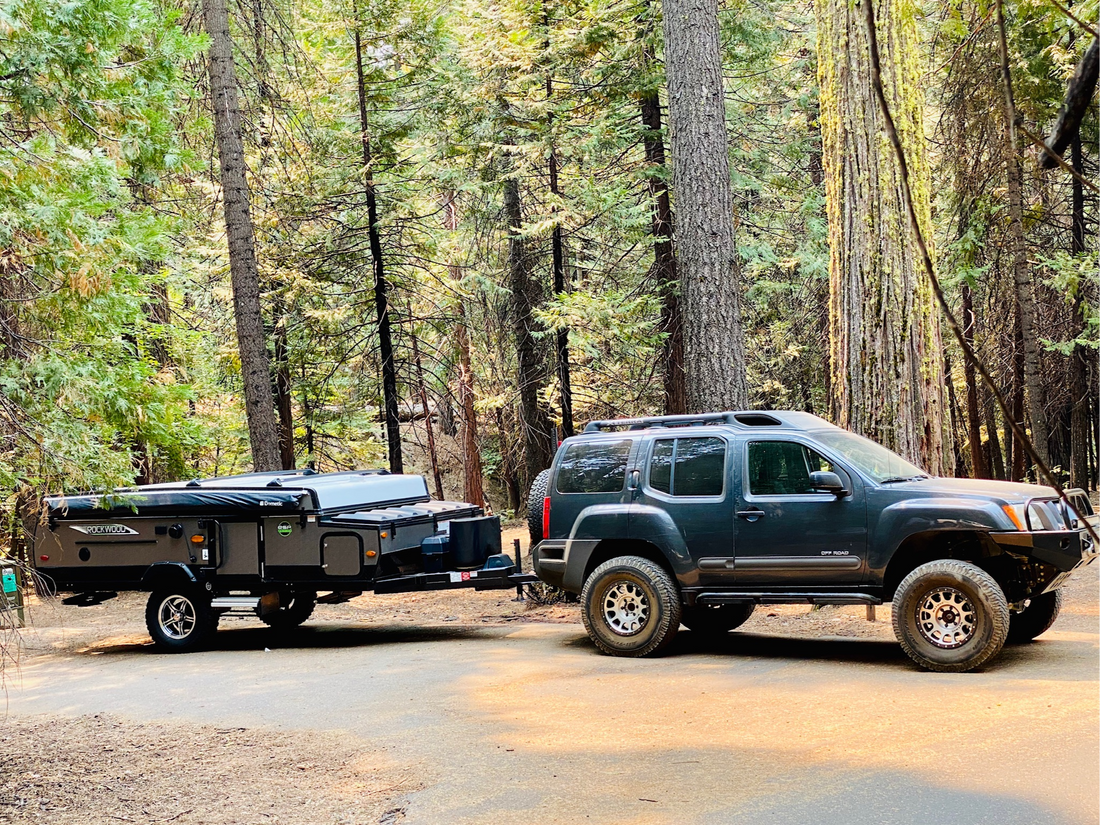If you've ever found yourself wrestling with a heavy trailer in a tight space or calling for help every time you need to move your boat trailer, you're not alone. Thousands of trailer owners discover every year that there's a better way: powered trailer dollies.
But if you're new to trailer moving equipment, the options can feel overwhelming. This guide will walk you through everything you need to know to make the right choice.
What Exactly Is a Trailer Dolly?
Think of a trailer dolly as a powerful assistant that takes the muscle work out of moving your trailer. Instead of trying to push or pull a heavy trailer by hand, a trailer dolly attaches to your trailer's tongue and provides the power to move it precisely where you want it.
Whether you're parking in storage, positioning at a campsite, or maneuvering in your driveway, a quality trailer dolly transforms a frustrating task into something you can do easily, often with just the push of a button.
The Three Types: Which One Is Right for You?
Manual Crank Dollies
Best for: Budget-conscious buyers with lighter trailers Weight capacity: Up to 5,000 lbs Key benefits: Most affordable, no batteries needed, extremely reliable
Perfect for smaller trailers when you want the most economical solution. You'll still crank to move your trailer, but it's far easier than pushing the entire weight yourself.
Electric Remote Control Dollies
Best for: Maximum convenience with medium to heavy trailers Weight capacity: Up to 9,000 lbs
Key benefits: Push-button operation, precise control, work from a distance
Our most popular category. Simply attach the unit, grab your remote, and guide your trailer exactly where you want it. No physical strain, no sweating, no frustration.
Drill-Powered Dollies
Best for: Heavy trailer owners who want power without battery maintenance Weight capacity: Up to 12,000 lbs Key benefits: Incredible power, uses your existing drill, no battery concerns
If you have a heavy trailer and already own a quality cordless drill, these offer exceptional value and power.
Determining Your Weight Capacity Needs
This is crucial, insufficient capacity won't just perform poorly, it could be dangerous.
Step 1: Find your trailer's gross vehicle weight rating (GVWR) on the trailer sticker or plate.
Step 2: Add the tongue weight (typically 10-15% of total trailer weight).
Step 3: Choose a dolly rated for at least 20% more than your calculated weight.
Example: 4,000 lb trailer + 500 lb tongue weight = 4,500 lbs. You'd want a dolly rated for at least 5,400 lbs.
Key Considerations
Operating Environment: Flat, paved surfaces work with any type. Inclines, grass, or frequent use favor electric or drill-powered units. Remember, most dollies work on level ground or gentle slopes (5% grade or less).
Important Features to Look For:
-
At least 50 feet of remote control range
-
Quality battery life (lithium preferred over lead-acid)
-
Solid construction and proven reliability
-
Appropriate wheel design for your surfaces
Budget: More Than Just Purchase Price
Consider the total value: time savings, avoiding physical strain, precision positioning, and strong resale value. The cheapest option isn't always the best value when you factor in your specific needs and usage patterns.
Common First-Time Buyer Mistakes
-
Underestimating weight requirements, always size up, not down
-
Forgetting to include tongue weight in calculations
-
Choosing based on price alone without considering usage needs
-
Not thinking about future trailer upgrades
Simple Decision Framework
Choose manual if: You have a lighter trailer (under 3,000 lbs), use it infrequently, and want the most economical option.
Choose electric if: You want maximum convenience, have a medium-weight trailer, and will use it regularly.
Choose drill-powered if: You have a heavy trailer, own a quality cordless drill, and want maximum power.
Ready to Make Trailer Moving Easy?
The right trailer dolly transforms one of the most frustrating aspects of trailer ownership into something simple and stress-free. Thousands of trailer owners have made this transition and wonder why they waited so long.
Take time to assess your specific needs using this guide. The physical strain, frustration, and potential damage from difficult maneuvering are all avoidable with the right equipment.

